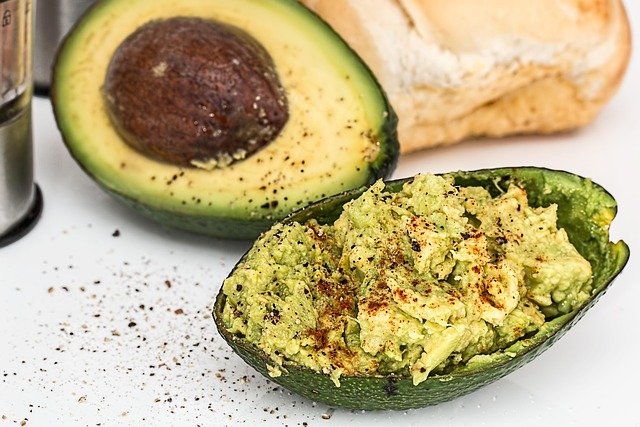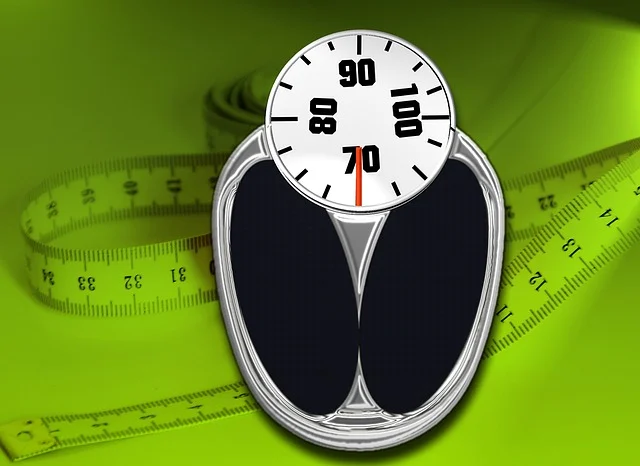In a world where food is abundant, accessible, and often marketed in oversized portions, understanding portion sizes and practicing mindful eating have become essential skills for maintaining a healthy lifestyle. Many people struggle with overeating or consuming nutrient-poor foods, not because they lack willpower, but because they haven’t been equipped with the tools to make informed choices about what and how much they eat. By mastering portion control and embracing mindful eating, you can transform your relationship with food, improve digestion, manage weight, and cultivate a deeper appreciation for the nourishment your meals provide.
What Are Portion Sizes?
A portion size refers to the amount of food you choose to eat at one time, whether in a restaurant, from a package, or at home. It’s important to distinguish this from a serving size , which is a standardized measurement used on nutrition labels to indicate the recommended amount of a particular food. For example, a serving size of pasta might be ½ cup, but if you serve yourself a heaping plate, that’s your portion—and it could easily exceed the recommended serving by several times.
Understanding portion sizes helps prevent overeating and ensures you’re getting the right balance of nutrients without exceeding your caloric needs. Here are some simple visual cues to estimate appropriate portion sizes:
- Protein (meat, fish, tofu) : A deck of cards or the palm of your hand (~3 ounces).
- Grains (rice, pasta, bread) : A tennis ball or a computer mouse (~½ cup cooked grains).
- Fruits and Vegetables : A baseball or a clenched fist (~1 cup).
- Nuts and Seeds : A small handful or a golf ball (~¼ cup).
- Cheese : Four dice or the size of your thumb (~1 ounce).
- Fats (butter, oils, spreads) : The tip of your thumb (~1 teaspoon).
By using these comparisons, you can gauge how much food you’re consuming without needing scales or measuring cups.
Why Portion Control Matters
Over the past few decades, portion sizes in restaurants and packaged foods have increased dramatically, leading to “portion distortion.” This phenomenon tricks our brains into thinking larger servings are normal, encouraging us to eat more than we need. Over time, consistently consuming oversized portions can contribute to weight gain, obesity, and related health issues such as diabetes, heart disease, and high blood pressure.
Portion control isn’t about restriction or deprivation—it’s about balance. By learning to recognize hunger and fullness cues and adjusting portion sizes accordingly, you can enjoy all your favorite foods while staying within your nutritional goals.
Mindful Eating: Tuning Into Your Body
While portion control focuses on how much you eat, mindful eating emphasizes how you eat. It involves paying attention to the sensory experience of eating—taste, texture, aroma—and tuning into your body’s signals of hunger and satiety. Mindful eating encourages slower, more intentional consumption, allowing you to savor each bite and avoid the mindless munching that often leads to overeating.
Key Principles of Mindful Eating
- Eat Without Distractions : Turn off screens, put away phones, and focus solely on your meal.
- Engage Your Senses : Notice the colors, smells, and flavors of your food. Chew slowly and appreciate the taste.
- Check In With Hunger Levels : Before eating, ask yourself, “Am I truly hungry?” After a few bites, pause to assess if you’re still hungry or starting to feel satisfied.
- Practice Gratitude : Reflect on where your food came from—the farmers, animals, or plants—and express gratitude for the nourishment it provides.
- Stop When Full : Learn to identify when you’ve had enough instead of finishing everything on your plate out of habit.
The Synergy Between Portion Control and Mindful Eating
When combined, portion control and mindful eating create a powerful approach to managing food intake. Portion control ensures you’re not overwhelming your plate with excessive amounts, while mindful eating helps you fully enjoy what’s on it. Together, they help break the cycle of emotional or distracted eating, reduce cravings, and promote long-term satisfaction.
For instance, imagine sitting down to a bowl of ice cream. Practicing portion control means scooping out a single serving rather than eating straight from the container. Meanwhile, mindful eating encourages you to relish every spoonful, noticing the creamy texture and sweet flavor, so you feel content after just a small amount.
Practical Tips for Implementing Portion Control and Mindful Eating
- Use Smaller Plates and Bowls : Research shows that using smaller dishware naturally reduces portion sizes without making you feel deprived.
- Pre-Portion Snacks : Divide large bags of chips, cookies, or nuts into individual servings to avoid overindulging.
- Start With Water : Drink a glass of water before meals to curb hunger and prevent overeating.
- Serve Food Away From the Table : Keep extra food in the kitchen instead of on the dining table to discourage second helpings.
- Eat Slowly : Put your fork down between bites and chew thoroughly to give your brain time to register fullness.
- Plan Balanced Meals : Include lean proteins, whole grains, healthy fats, and plenty of fruits and vegetables to promote satiety.
- Track Your Progress : Use a food journal or app to monitor portion sizes and reflect on your eating habits.
Common Challenges and How to Overcome Them
- Emotional Eating : Stress, boredom, or sadness can trigger overeating. Combat this by identifying triggers and finding alternative coping mechanisms like walking, journaling, or talking to a friend.
- Social Pressure : Dining out or attending events may tempt you to indulge. Politely decline oversized portions or share dishes to maintain balance.
- Misjudging Hunger Cues : Sometimes thirst or fatigue is mistaken for hunger. Stay hydrated and prioritize sleep to better understand your body’s signals.
Benefits Beyond Weight Management
Adopting portion control and mindful eating practices offers benefits that extend far beyond shedding pounds. These habits can:
- Improve digestion by reducing the likelihood of overloading your stomach.
- Enhance energy levels by stabilizing blood sugar and preventing crashes.
- Foster a healthier mindset around food, free from guilt or shame.
- Strengthen relationships with loved ones by encouraging shared, distraction-free meals.

